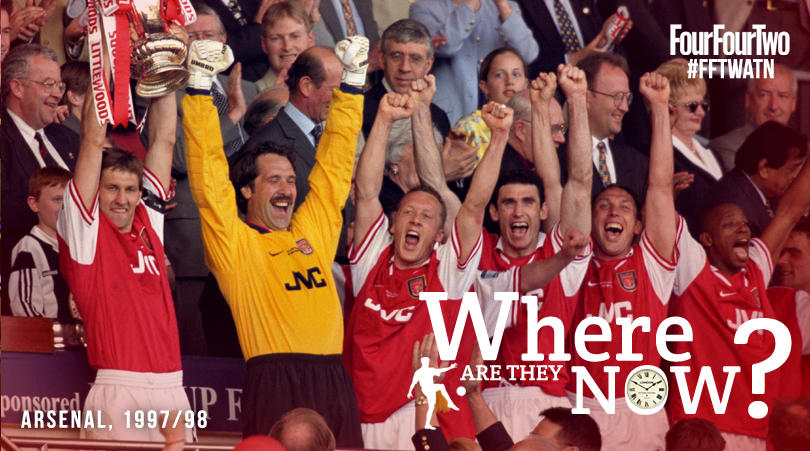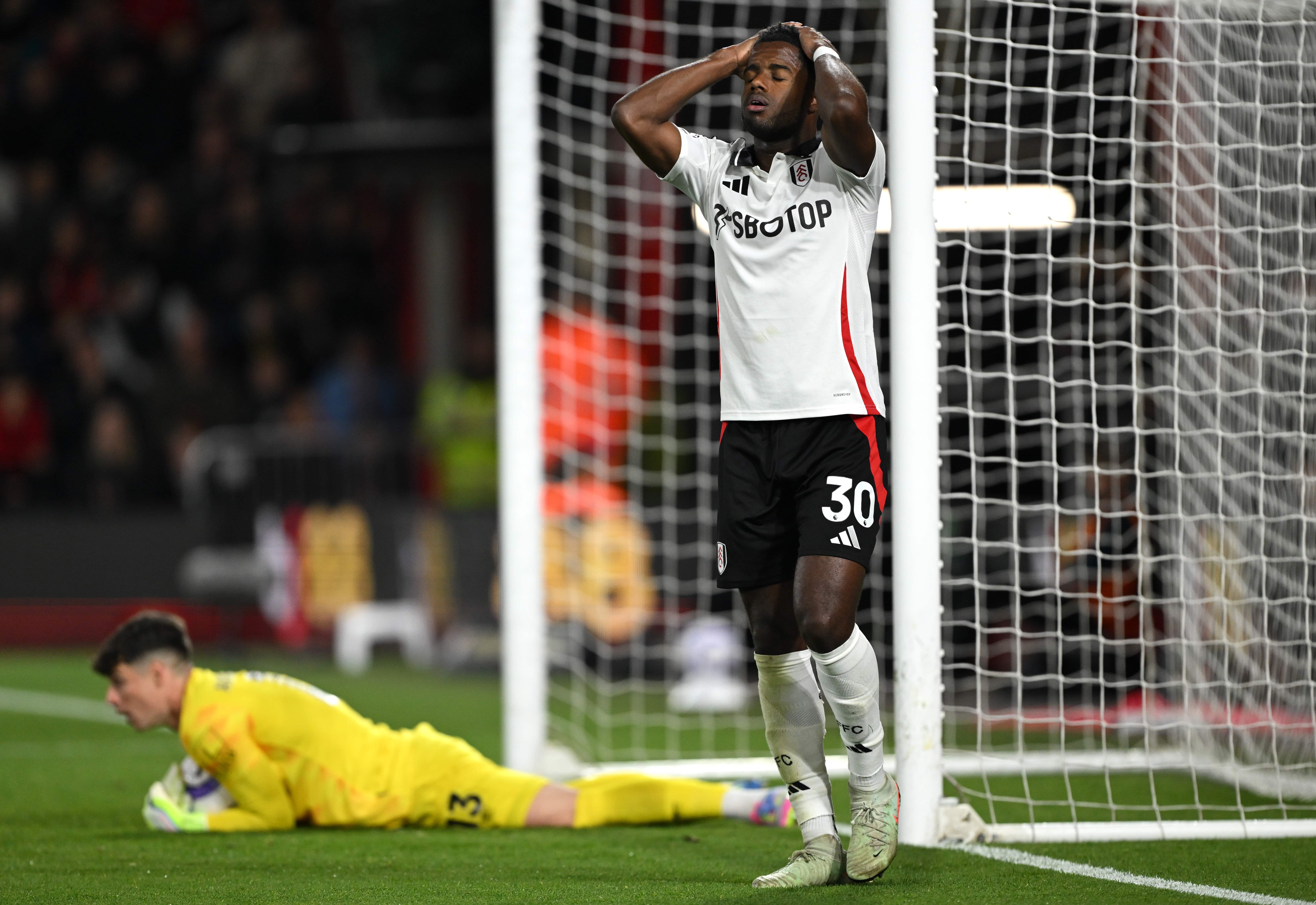Where Are They Now? Tottenham's 2007/08 League Cup-winning squad
Seb Stafford-Bloor casts an eye back to Spurs' last trophy-winning crop of nine seasons ago
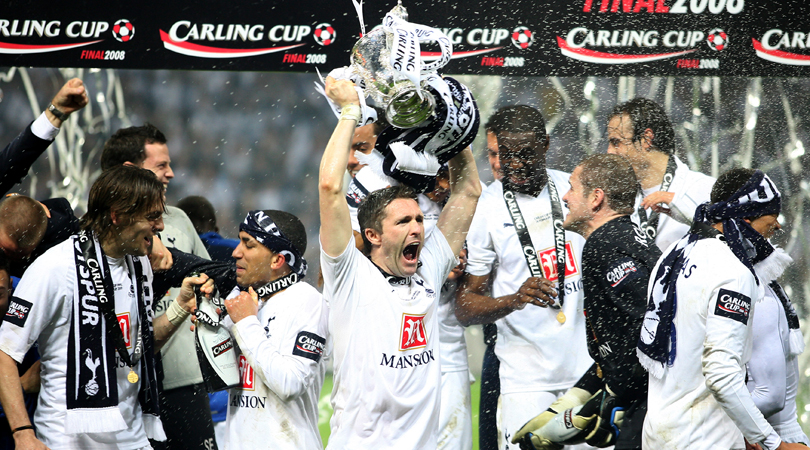
Actual Spurs team from the 2008 final:Robinson, Hutton, Woodgate, King, Chimbonda (Huddlestone, '61), Lennon, Jenas, Zokora, Malbranque (Tainio, '75), Keane (Kaboul, '102), Berbatov. Unused subs:Cerny, Bent.
Paul Robinson
He left White Hart Lane for Ewood Park, spending seven years at Blackburn Rovers before his release
History is a little unkind to Robinson, who's now largely remembered for the technical defect which made him susceptible to shots from range. A terminal loss of confidence would see him leave Tottenham in the summer of 2008, but he at least ended his Spurs career on a high by making a crucial save with his legs in the last, desperate minutes of the League Cup final. He left White Hart Lane for Ewood Park, spending seven years at Blackburn Rovers before his release. Now the veteran can be found backing up Tom Heaton at Burnley.
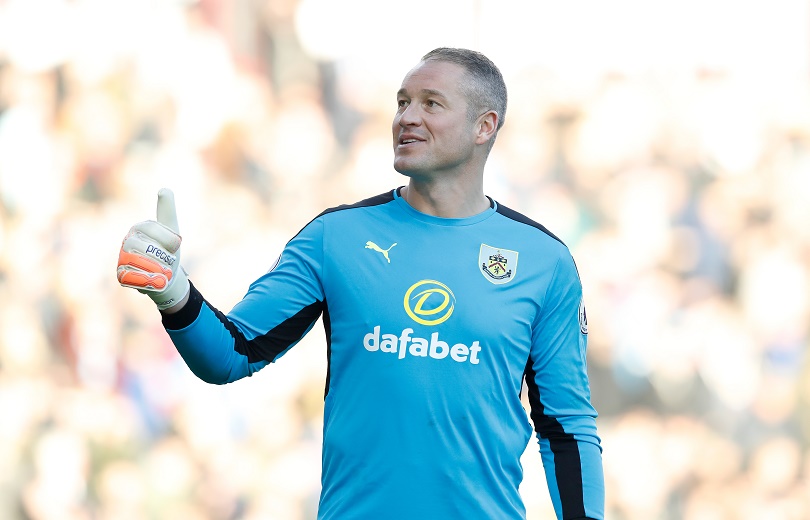
Robinson wasn't part of the Harry Redknapp squad that ascended into the Champions League, but he was integral to Spurs' initial resurgence under Martin Jol and left behind a glittering showreel of reaction stops. Heck, he even scored a goal.
Pascal Chimbonda
An aggressive full-back, he existed at a time when the position was changing and its ratios had begun to shift
Chimbonda is still technically an active player. In 2015, he was playing in the French second tier with AC Arles-Avignon before financial irregularities sent the club tumbling into non-professionalism. Following spells at Blackburn, QPR, Doncaster and Market Drayton Town (the Northern Premier League's "Gingerbread Men") he became – and remains – a free agent.
An aggressive full-back, he existed at a time when the position was changing and its ratios had begun to shift. Defending had become secondary to the provision of attacking support and Chimbonda, with his haphazard positioning and enthusiasm for crossing the halfway line, was a man in time.
Get FourFourTwo Newsletter
The best features, fun and footballing quizzes, straight to your inbox every week.
But he was also difficult to warm to. Notoriously, he moved to Tottenham having handed Wigan manager Paul Jewell a written transfer request on the pitch at Arsenal and, though forgotten because of what would follow, actually stormed down the tunnel after being subbed at Wembley. Less troublingly, he also affronted the Proper Football Man community by daring to wear gloves in August.
He left Spurs for Sunderland in 2008 only to briefly return, spectre-like, in 2009. He departed for good in August of that year and began his rage against the dying of the light.
Lee Young-pyo
Although a useful, two-footed player who could occupy both full-back positions, he was never quite built for English football
Which former Tottenham player connects Juande Ramos, Damien Comolli and Jurgen Klopp? That would be Lee Young-pyo, who was sold to Borussia Dortmund in August of 2008, a month after Klopp had been appointed.
At the time of his 2005 transfer to England for £2.2m, Martin Jol described him as the best left-back in the Eredivisie. That description might widen a few supporters' eyes, because he failed to justify that billing at White Hart Lane.
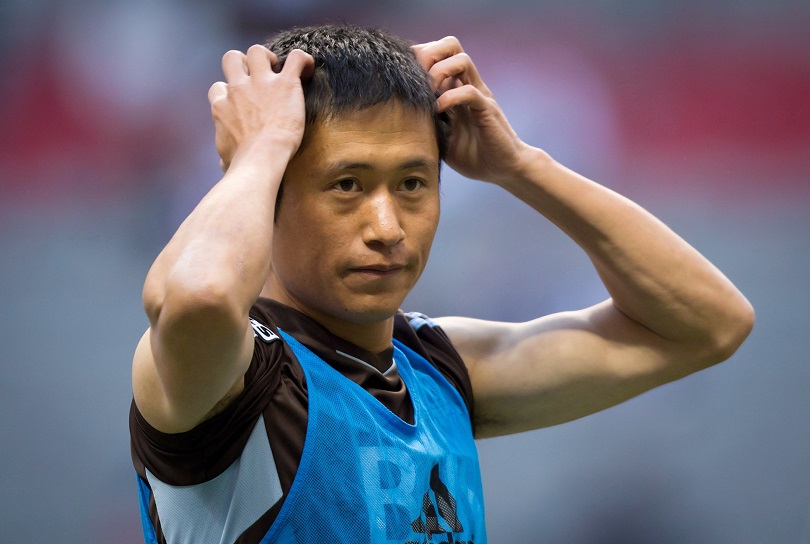
Although a useful, two-footed player who could occupy both full-back positions, he was never quite built for English football and made just 100 appearances before heading to the Bundesliga and then, after a single season, the Saudi Arabian Premier League. He finished his career in MLS with the Vancouver Whitecaps and, three years after his retirement, became the Canadian club's South Korean Ambassador.
Michael Dawson
When both were fit, it shouldn't be forgotten how good his partnership with Ledley King was
Jonathan Woodgate was signed from Middlesbrough in January 2008, but would play just 12 league games that season – albeit while also scoring one very important goal.
Dawson was the mainstay in that defence; in a different era, he would have been a perfect centre-half. Brave as a lion and happy to take a rising volley to any part of his body, he had every ingredient to be among the very best – except, of course, pace.
Dawson’s career coincided with a time when forwards where becoming more athletic and the pace of the Premier League was intensifying. Sometimes that made him look less than he really was but, when both were fit, it shouldn't be forgotten how good his partnership with Ledley King was.
Equally, while Dawson's first-team relevance gradually declined at the turn of the decade, he remained front and centre of almost every charitable initiative the club undertook; if there were pictures of Spurs players visiting sick or underprivileged children, Dawson was nearly always in them. A good player, but a better person.
After 300 appearances in all competitions, he left for Hull City in 2014.
Ledley King
He didn't play in any of Spurs' Champions League games during the 2010/11 campaign and, with his body finally giving way, he retired in 2012
The icon.
When King lifted the League Cup at Wembley, there wasn't a Spurs heart that didn't flutter. It was a bittersweet irony: he deserved that moment more than any other contemporary player, but he took part in just 10 games that season.
His legend isn't just secured by what he was – or what he could have been – but through the physical sacrifices he made for the club. Yes, he was excellent in spite of chronic knee problems and an inability to regularly train, but he was often flawless in the face of considerable discomfort. He didn't have the career of Graham Roberts or Dave Mackay, but he absolutely belongs alongside them on Tottenham's Mount Rushmore.
Despite his contribution in getting them there, he played in just two of Spurs' Champions League games during the 2010/11 campaign and, with his body finally giving way, he retired in 2012. He remains at White Hart Lane as a club ambassador.
Didier Zokora
Capped 123 times by Ivory Coast, he's spent the last two years playing in India and is currently registered to Super League side North East United
Let's be honest: Zokora's not really notable for anything other than that bizarre sequence at Wembley in which he missed two glorious chances within 10 seconds of each other. And, perhaps, for his refusal to watch as Dimitar Berbatov caressed home his penalty.
Zokora wasn't a bad player, he just wasn't Michael Carrick. He was rugged rather than elegant and hard-working instead cultured, but he was still a valuable piece of Jol's – and later Ramos' – jigsaw. Nevertheless, he would lose his holding-midfielder role to Wilson Palacios in January 2009 and, after some derisory remarks about Tottenham's level of ambition, left for Sevilla the following summer.
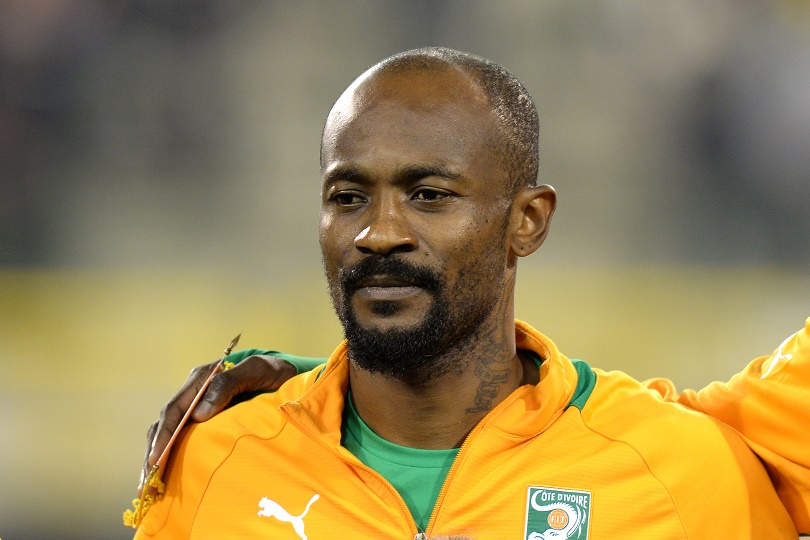
From Spain (and after winning a Cope del Rey) he moved to Turkish side Trabzonspor, where he famously administered some righteous justice to Emre Belozoglu. Capped 123 times by Ivory Coast, he spent the last two years playing in India before moving to Indonesian club side, Semen Padang, in April 2017.
Aaron Lennon
After falling out of favour with Mauricio Pochettino, he left White Hart Lane for Everton in 2015
Gareth Bale joined Spurs ahead of the 2007/08 season, but he was still some years away from becoming the force the nature he would eventually become. Before Bale, Aaron Lennon was the player who got fans off their seats; it was his low centre of gravity and bursts of acceleration around which Tottenham’s attacking penetration relied.
In retrospect, Lennon's career is a reminder that development doesn't always occur on smooth, steady curves. He would never develop a reliable final ball and neither would he add the necessary layers to become a truly diverse threat.
At his peak, he was an elusive broken-field runner and a nightmare for a particular type of full-back, but by 2007/8 his progression had already stalled and he would never become more than he was. He scored the fourth goal in the League Cup semi-final win over Arsenal, completing the most fluid move of a cathartic night, and also started the final against Chelsea.
Was it a career that should have produced more or, more likely, was Lennon just a player who achieved as much as his narrow technical gifts would allow?
After falling out of favour with Mauricio Pochettino, he left White Hart Lane for Everton in 2015.
Jermaine Jenas
He's since graduated to the punditry studio and has become a bright, erudite regular on Match Of The Day and Radio 5 live
People forget this, but for about two months during the 2007/08 season – between January and March – Jenas was one of the best players in the country. His goal in the Arsenal semi-final, following a smart run and precise shot, was a sign of the times: that was the player who Spurs had spent £7m on in August 2005.
The Tottenham fanbase has been fractious in the modern era and each generation has had its own divisive player. Then, it was Jenas. To some he was a water-carrier who didn't impact on games nearly enough; to others a hard-working midfielder of under-appreciated technical ability. It was ever thus: for Jenas then, read Erik Lamela now.
By consensus, though, his career ended too soon. Robbed of his theoretical prime by injury, he was sold in January 2013 and played his final professional game in April 2014, at the age of just 31. He's since graduated to the punditry studio and has become a bright, erudite regular on Match Of The Day and Radio 5 live.
Steed Malbranque
A right-footed player operating from the left, he was at times an awkward fit in the side
An excellent footballer – Malbranque was a little ball of work-rate and skill. Having been part of Fulham's mini-revolution at the start of the Millenium, Tottenham pounced on the French midfielder when he refused to extend his contract at Craven Cottage.
A right-footed player operating from the left, he was at times an awkward fit in the side and his inclusion created a lopsided midfield. But in spite of a calamitous UEFA Cup own goal against Sevilla and the fact he only spent two full years at White Hart Lane, Malbranque was an asset in a squad that lacked orthodox wingers.
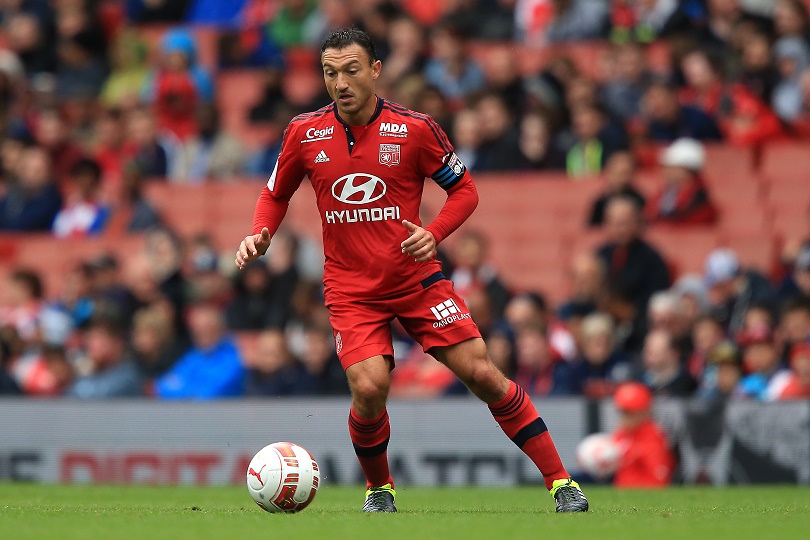
Alongside Pascal Chimbonda and Teemu Tainio, he moved to Sunderland months after the League Cup final. Spells with Saint-Etienne and Lyon followed and, at 36, he still plays in Ligue 1 for Caen.
Robbie Keane
His tears at the end of the League Cup final were deeply affecting and spoke of the bond that had grown between the supporters and this once transient forward
Berbatov and Keane: now that was a partnership. This would be a final season for both but their combination was often mesmeric; at times, Keane could look staggeringly gifted and his 122 Tottenham goals attested to how broad his finishing ability was. Tthough the move proved unsuccessful, it wasn't a surprise that Rafael Benitez's Liverpool spent £19m to take him to Anfield.
Keane floundered, though, and left his boyhood club (one of many) to return to White Hart Lane inside six months. His legs had gone by that point and, in retrospect, Spurs had sold him at precisely the right time, but he belonged at Tottenham and was one of the most popular players of his generation.
It was mutual, too. Though not really a factor in the game, his tears at the end of the League Cup final were deeply affecting and spoke of the bond that had grown between the supporters and this once transient forward. During his first spell, Keane reached double figures in each of his six seasons and, in that final 2007/08 act, scored 23 goals across all competitions.
At 36, he's a free agent after leaving from LA Galaxy. Earlier in 2016, he retired from international duty as the Republic of Ireland's most capped player (146) and, by some distance, their record goalscorer (68).
Dimitar Berbatov
Acrimony blighted his final days in north London and his eventual, inevitable transfer to Manchester United in August 2008 created some ill-feeling
One of the best to ever play at White Hart Lane. Berbatov was a sauntering, swaggering, genius of a forward who played as if he'd been touched by a higher being. He completed just two full seasons at Spurs, but his artistry left an indelible mark on every supporter who paid to watch him play.
"...and Berbatov scores, with such impudent ease."
Acrimony blighted his final days in north London and his eventual, inevitable transfer to Manchester United in August 2008 created some ill-feeling. Time heals, though, and by the time of his one-off return for Ledley King's testimonial in 2014, much of the hostility had melted away.
His subsequent career has taken him to France's Ligue 1 and the Greek Superleague and, although currently without a club, he's still playing.
Tom Huddlestone (substitute)
His game-changing performance at Wembley in 2008 was evidence of the influence he was capable of exerting
Not the new Glenn Hoddle it turned out, but still one of the most talented passers of his generation. Huddlestone had mobility issues – he possessed the turning circle of an oil tanker – but he enjoyed a thoroughly watchable Tottenham career.
His goal at Manchester City in December 2006 remains one of the best in recent history and his game-changing performance at Wembley in 2008 was evidence of the influence he was capable of exerting.
In later years he struggled continuously with injuries and, having fallen out of favour, left Tottenham for Hull in 2013.
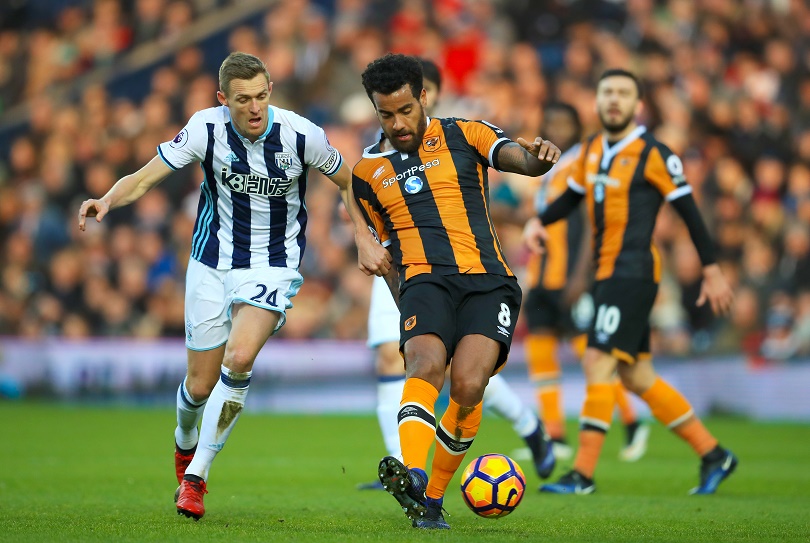
Jonathan Woodgate (substitute)
In the season-and-a-half after joining Tottenham from Middlesbrough, he played some of the best football of his career
His move to Real Madrid inadvertently made him a figure of fun, but Woodgate belonged at that level of the game: he was one of the most intelligent defenders England has ever produced. Injuries ruined him, of course, and limited him to just eight international caps, but in the season-and-a-half after joining Tottenham from Middlesbrough, he played some of the best football of his career – and won his solitary medal.
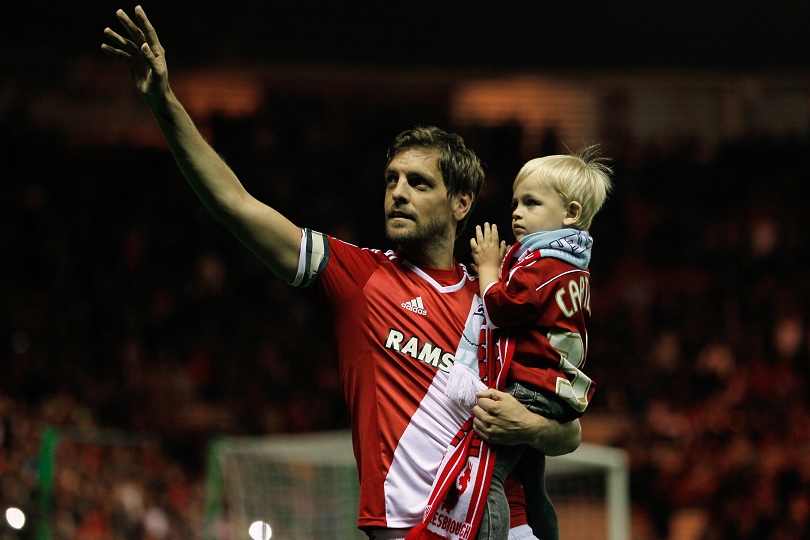
Following his 2011 release, he joined Stoke for a single year and then, after four seasons back at Middlesbrough, retired. He's currently a scout at Liverpool.
Darren Bent (substitute)
The records show that he actually scored 25 times for Spurs over two years but there probably isn't a supporter around who can recall even 10 of those goals
Appropriately, an unused substitute at Wembley. Even today, the decision to spend almost £17m on Bent is hard to explain. Tottenham were hardly wealthy at the time and, in Berbatov, Keane and Jermain Defoe, were already endowed with three of the better forwards in the country.
The records show that he actually scored 25 times for Spurs over two years but there probably isn't a supporter around who can recall even 10 of those goals. Bent wasn't a bad player – he was actually an accomplished finisher – but he never filled any obvious role within the squad and certainly didn't complement its native style. Although run close by the David Bentley transfer, Bent was probably Damien Comolli's most grievous error and, by 2009, he'd been sold to Sunderland at a considerable loss.
Now 32, he currently plays for Derby County in the Championship.
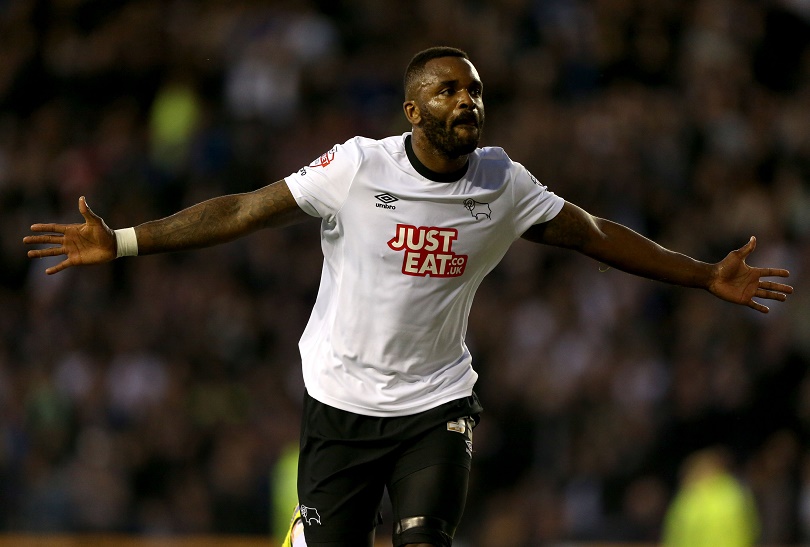
Juande Ramos (manager)
The momentum gained under Martin Jol had begun to dissipate by the beginning of 2007/08, with Spurs winning just one of their first 10 league games. A detoriating relationship between Jol and Comolli, and a bitter struggle over recruitment, led to the former's sacking before the UEFA Cup game with Getafe.
The interest in Ramos had been public knowledge for some time, with club officials having been pictured leaving a Spanish hotel as early as August. The Spaniard himself gleefully leaked the terms of the offer he'd received and Jol, having become the first Spurs manager to achieve back-to-back European qualification for 20 years, was mortally wounded and unnecessarily humiliated.
It was shoddy – and ultimately a catastrophe. While Levy and Comolli were right to admire Sevilla's success, they failed to identify its cause. Ramos's reputation had been inflated by the work of his technical and recruiting departments and offered little in isolation; his teams were tactically chaotic, his defence was a shambles and he, assistant Gus Poyet and director of football Comolli were all dismissed in the purge of October 2008.
A League Cup winner in the same sense that Roberto Di Matteo is a European champion, Ramos is currently unemployed.
More Where Are They Now? • New featurs you'd love on FourFourTwo.com
Seb Stafford-Bloor is a football writer at Tifo Football and member of the Football Writers' Association. He was formerly a regularly columnist for the FourFourTwo website, covering all aspects of the game, including tactical analysis, reaction pieces, longer-term trends and critiquing the increasingly shady business of football's financial side and authorities' decision-making.
